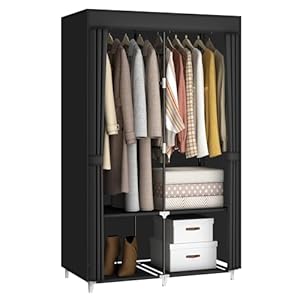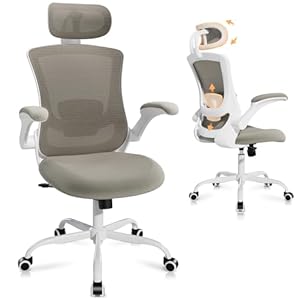
When designing a dining room to accommodate guests, you need to carefully consider various elements to create a welcoming and functional space. From furniture selection to seating arrangements, lighting, ambiance, and space optimization, each detail plays a crucial role in ensuring your guests feel comfortable and at ease. By incorporating thoughtful design choices and practical solutions, you can transform your dining area into a place where guests will enjoy spending time.
Furniture Selection
When designing a dining room for guests, carefully select furniture that complements the overall theme and provides comfortable seating. Start by choosing a dining table that fits the space well and can accommodate the number of guests you typically host. Opt for a table made of durable material that can withstand regular use and is easy to clean in case of spills.
Next, consider the chairs you’ll pair with the table. Make sure the chairs aren’t only aesthetically pleasing but also comfortable to sit in for extended periods. Upholstered chairs can add a touch of elegance and coziness to the room, while wooden chairs provide a more classic look. Ensure there’s enough space between each chair for guests to move around comfortably.
Additionally, think about including a sideboard or buffet in the dining room to store extra tableware, linens, or serving dishes. These pieces not only add storage space but also contribute to the overall design aesthetic of the room. Remember, the key is to balance functionality with style when selecting furniture for your dining room.
Seating Arrangements
Selecting appropriate seating arrangements plays a crucial role in creating a welcoming and functional dining room environment for your guests. When arranging seating, consider the size of your dining space and the number of guests you typically host. Rectangular or oval tables are great for maximizing seating capacity, while round tables encourage conversation among all guests. Ensure there’s enough space between chairs for easy movement and pulling out the seats. Mixing different types of seating, like chairs and benches, adds visual interest and versatility.
For larger gatherings, consider adding a bench along one side of the table to accommodate extra guests. If space is limited, opt for stackable or folding chairs that can be easily stored when not in use. Upholstered chairs provide comfort for longer dining sessions, while wooden chairs offer a more classic and durable option. Remember to place seats strategically to allow easy access to food and ensure a comfortable flow of conversation. By thoughtfully planning your seating arrangements, you can create a dining room that’s both inviting and practical for entertaining guests.
Lighting and Ambiance
To enhance the overall atmosphere of your dining room and create a welcoming environment for your guests, paying attention to the lighting and ambiance is key. Start by incorporating a mix of lighting sources to provide both functionality and mood-setting options. Consider installing a statement chandelier above the dining table to serve as a focal point and provide ample illumination during meals. Complement this with wall sconces or table lamps to add a warm, ambient glow to the room.
Opt for dimmable fixtures to adjust the brightness according to different occasions, allowing you to create an intimate setting for small gatherings or a well-lit space for larger parties. Additionally, candles or LED candles can add a touch of elegance and romance to the dining experience.
Choose a color scheme for your lighting that complements your decor and enhances the overall ambiance. Soft, warm hues like amber or soft white can create a cozy and inviting atmosphere, while cooler tones like blue or green can evoke a more modern and sophisticated feel. By carefully curating your lighting choices, you can set the perfect mood for any dining occasion.
Space Optimization
Consider maximizing the layout of your dining room to optimize space for both functionality and comfort. Start by choosing furniture that serves multiple purposes, such as extendable tables or stackable chairs that can be easily stored when not in use. Utilize wall-mounted shelves or cabinets to free up floor space and keep the room feeling open. Mirrors strategically placed on walls can create the illusion of a larger space. Opt for light, neutral colors to make the room feel more spacious and airy.
When arranging furniture, ensure there’s enough space for guests to move comfortably around the table. Consider a round table instead of a rectangular one to accommodate more people while taking up less room. Keep pathways clear to prevent the room from feeling cramped. If space allows, create a designated area for a bar cart or buffet to serve food and drinks without overcrowding the dining table. By thoughtfully organizing your dining room layout, you can optimize space to welcome and entertain guests with ease.
Trending Products














